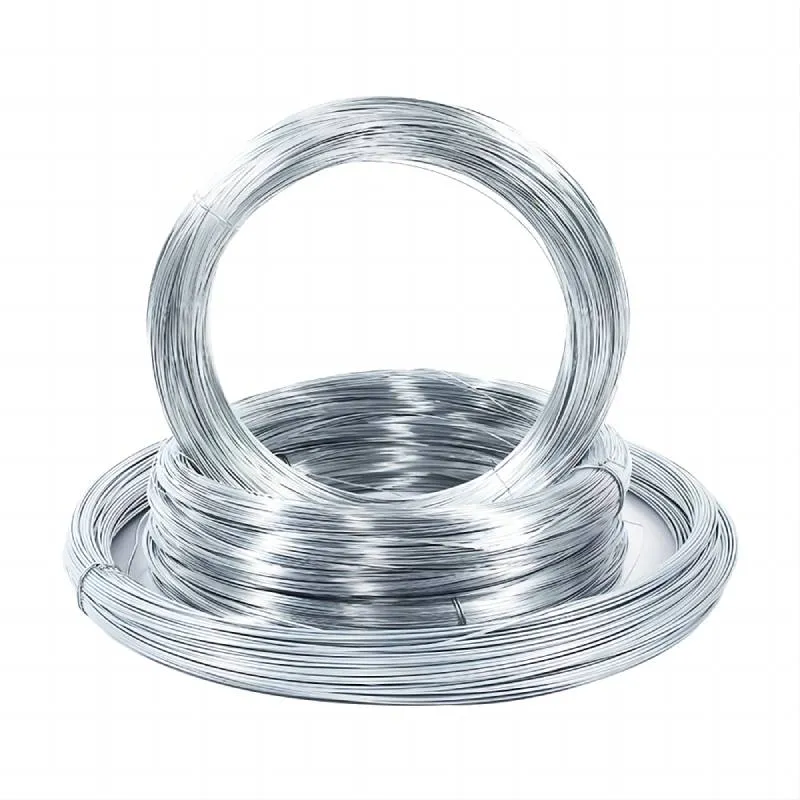Best Nails for Thin Wood - Lightweight & Strong Fastening Solutions
Nails for Thin Wood Choosing the Right Fastener
When it comes to woodworking, especially when working with thin wood, selecting the appropriate nails is crucial. Using the right type of nails can make a significant difference in the quality of the final product, the strength of the joints, and the overall appearance of the project.
Thin wood, often referred to as veneer or plywood, is typically 1/4 inch thick or less. This wood is commonly used in a variety of applications, from cabinetry to intricate decorative projects. Because of its thin profile, it requires special consideration when it comes to fastening. The primary concern is to avoid splitting the material while achieving a secure hold.
Nails for Thin Wood Choosing the Right Fastener
Another excellent option is brad nails. These nails are similar to finish nails but are generally shorter and have even smaller heads. Brad nailers, which are pneumatic tools, can be used to quickly and efficiently affix thin wood pieces together. The advantage of using brad nails is that they require minimal surface preparation, making them ideal for projects where aesthetics are important.
nails for thin wood

For more intricate work, micro pins might also be considered. Micro pins are extremely thin, usually around 23-gauge, and can be used to join delicate pieces of wood without the risk of splitting. This is particularly beneficial for decorative projects where fine details are vital.
It's essential to consider the length of the nails when working with thin wood. Generally, a nail should penetrate at least halfway into the underlying material to ensure a sound connection. For instance, if you are nailing a veneer that is 1/8 inch thick, a nail length of 1 inch is usually sufficient, allowing for a secure hold without excessive penetration.
Additionally, when using power tools, the speed and pressure of the nailer should be adjusted to prevent driving the nails too deep, which can lead to indentation or splitting. A gentle touch allows for precise alignment and minimizes damage to the surrounding wood.
In summary, selecting the right nails for thin wood is a fundamental aspect of woodworking projects. By understanding the different types of nails available—finish nails, brad nails, and micro pins—woodworkers can enhance the durability and appearance of their projects. Always remember to choose the appropriate length and to handle tools with care to achieve the best results.
-
Space-Saving Chain Fence Hacks Vertical Gardening with Cyclone MeshNewsJul.16,2025
-
Innovations in Iron Nail Wire Production for Modern ConstructionNewsJul.16,2025
-
Creative Uses of Wire Netting Fence in Modern Landscape DesignNewsJul.16,2025
-
Barbed Wire Fence Innovations in Anti-Climb TechnologyNewsJul.16,2025
-
Architectural Uses of Umbrella Nails for Aesthetic Roof DesignsNewsJul.16,2025
-
Architectural Uses of Razor Barbed Wire in Secure Urban DesignNewsJul.16,2025




